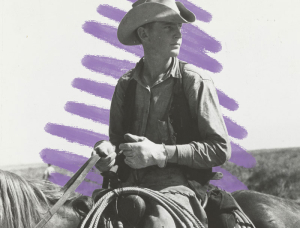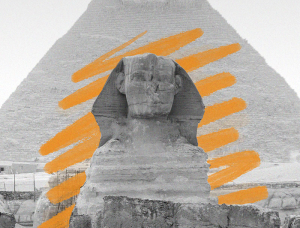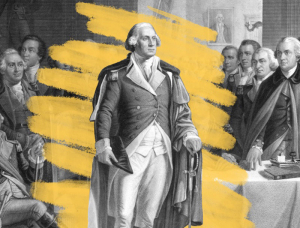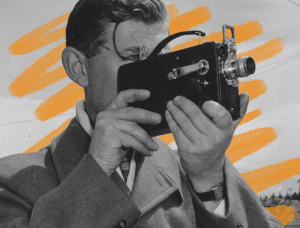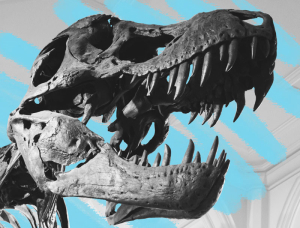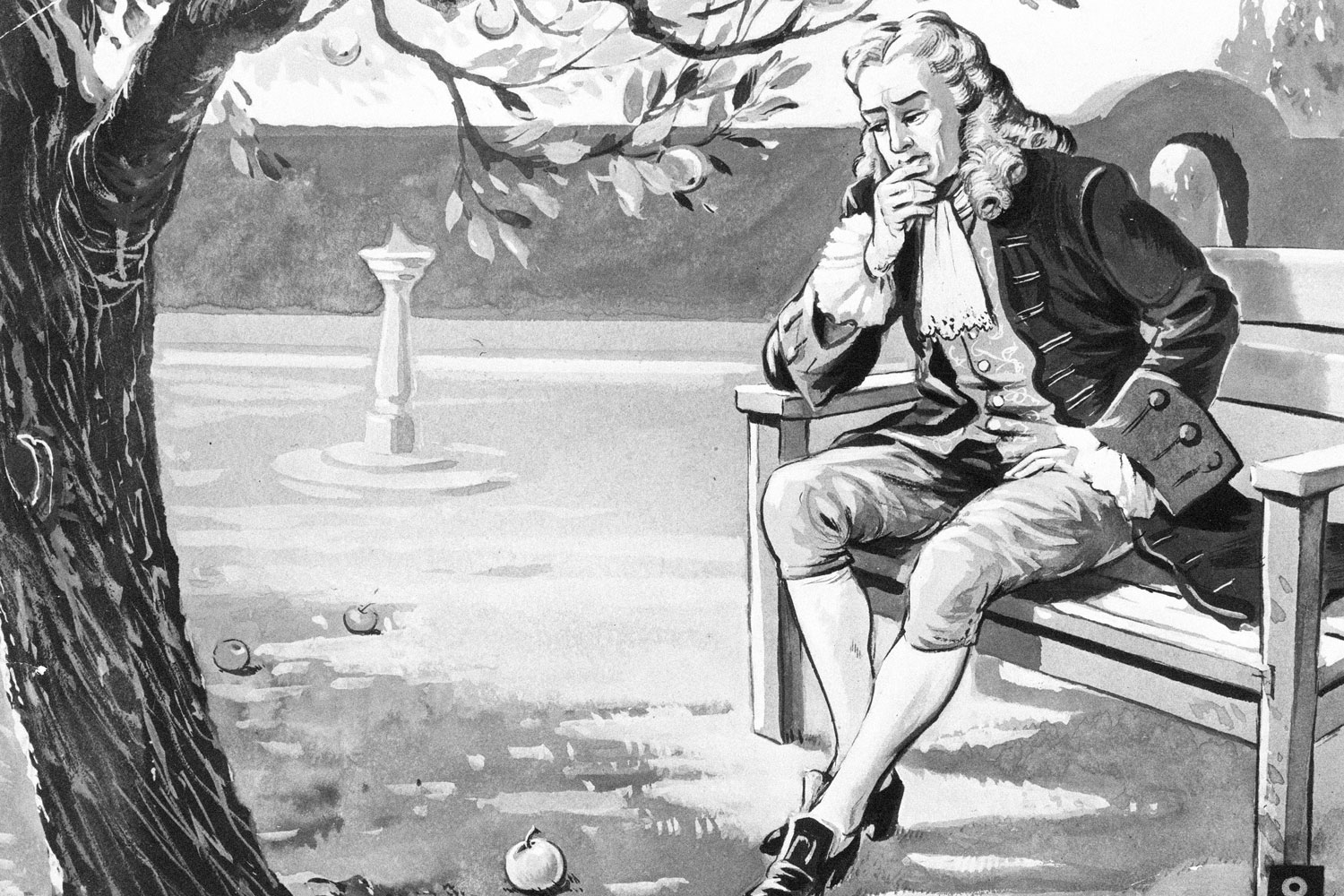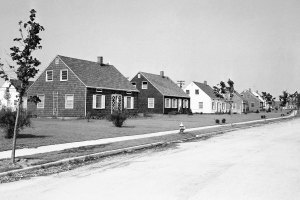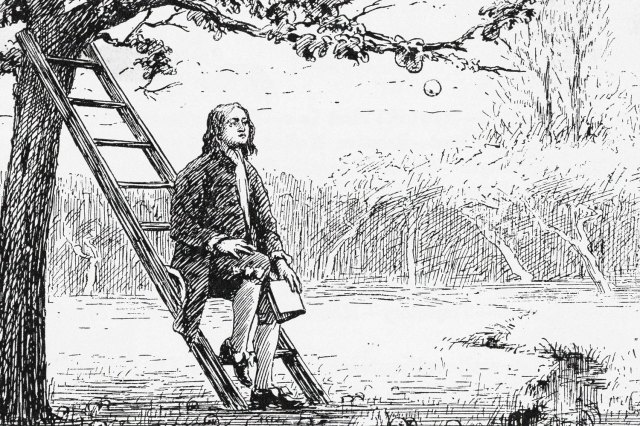What’s the Real Story of Isaac Newton and the Apple?
It’s one of the most iconic images in scientific history: Isaac Newton is sitting beneath an apple tree when a piece of falling fruit hits him on the head, sparking his revolutionary theory of universal gravitation. The tale has been told in countless textbooks and popular accounts, and has become a metaphor for “eureka” moments and the process of scientific discovery in general.
But did an apple actually fall on Newton’s head? Or is this account a fanciful fiction that attached itself to the story of Newton’s brilliant scientific and mathematical insights? Here, we take a closer look at the well-known tale of Newton and the falling apple, and the truth behind one of history’s greatest scientific discoveries.
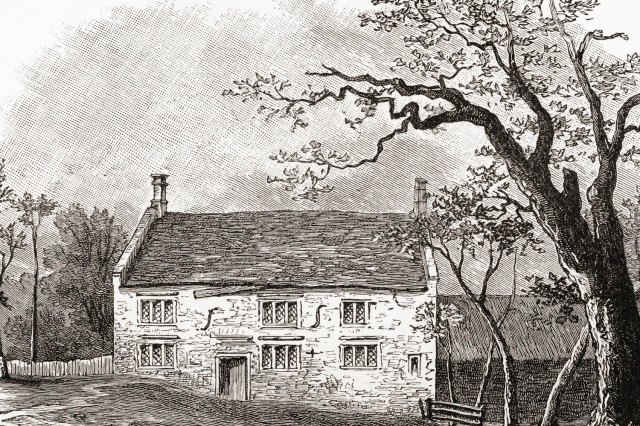
The Story of the Falling Apple
You’re probably familiar with the basic tale of Newton and the apple tree. The story typically has a young Newton sitting beneath an apple tree in the gardens of Woolsthorpe Manor, his childhood home, which he happened to be visiting in 1666. Then, suddenly, an apple falls from the tree, hitting Newton square on the head and triggering his moment of inspiration. (Here the teller of the tale may insert a shout of “Aha!” or “Eureka!”) In this moment, Newton comes to the magnificent realization that the force that made the apple fall is the very same force that keeps the moon and planets in their orbits. And with this, his theory of universal gravitation is born.
You may also like
Recommendations For You
-
01.
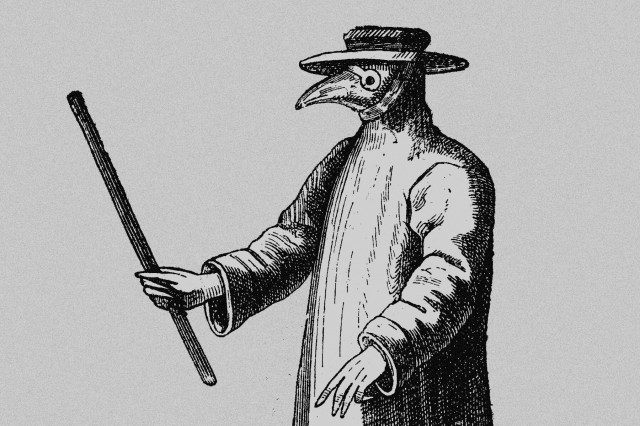 Science & Industry
Science & IndustryWhy Did Doctors Wear Beak Masks During the Bubonic Plague?
-
02.
 Science & Industry
Science & Industry5 Inventions That Came Out of the Great Depression
-
03.
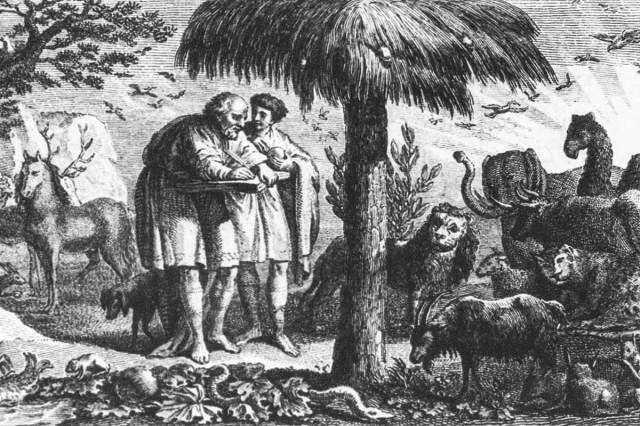 Science & Industry
Science & Industry6 Amazing Breakthroughs Made by the Ancient Greeks
-
04.
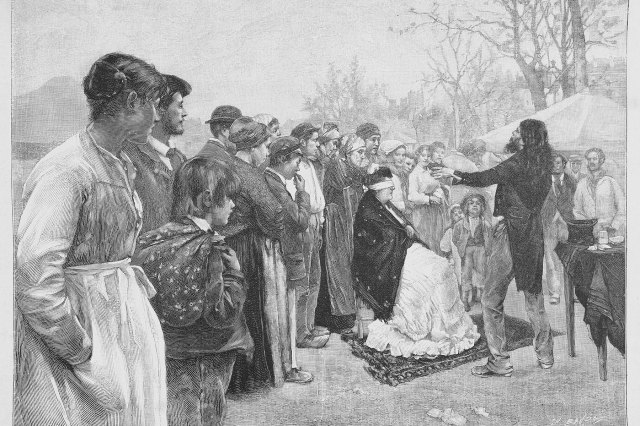 Science & Industry
Science & Industry6 Shocking ‘Scientific’ Beliefs From Victorian England
